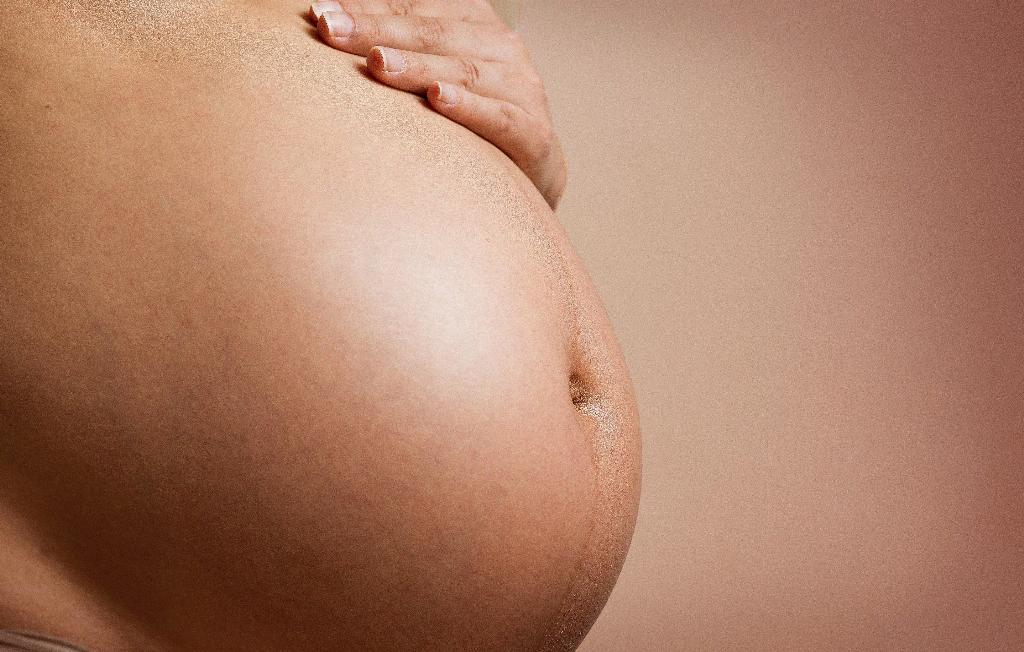During pregnancy, proper sleep is crucial for the health and well-being of both the expecting mother and the unborn baby. One common question that frequently arises is whether sleeping on the right side is harmful during pregnancy. Let’s delve into this topic and explore the facts to provide you with a better understanding.
Importance of Sleep Position
The position in which a pregnant woman sleeps can impact her comfort and health. Many healthcare providers recommend sleeping on the left side during pregnancy. This position helps improve blood flow to the heart, uterus, and kidneys, promoting optimal circulation and nutrient delivery to the baby.
Consideration of Sleeping on the Right Side
While sleeping on the left side is often touted as the ideal position for pregnant women, sleeping on the right side is not necessarily deemed bad. A review conducted in 2019 found that both the left and right sides are equally safe for sleeping during pregnancy.
Compression Risk
There is a slight risk of compression issues with the inferior vena cava (IVC) when sleeping on the right side. The IVC is a large vein that carries deoxygenated blood from the lower body to the heart. However, this risk is minimal and may not pose significant harm to most pregnant women.
Comfort and Individual Preference
Ultimately, the best sleep position during pregnancy is the one that is most comfortable for the mother. If sleeping on the right side feels more natural and restful for you, it is generally considered safe to do so. Prioritize your comfort while ensuring that you are getting adequate rest.
Consultation with Healthcare Provider
If you have concerns about your sleep position during pregnancy, it is advisable to discuss them with your healthcare provider. They can offer personalized guidance based on your medical history, specific needs, and any underlying health conditions that may influence your sleep choices.
Monitoring for Symptoms
Regardless of the sleep position you choose, it is essential to pay attention to any symptoms that may indicate discomfort or issues with circulation. If you experience shortness of breath, dizziness, or swelling, consult your healthcare provider promptly.
Changing Positions
It is normal for pregnant women to shift positions frequently during sleep as their bodies adapt to the changing demands of pregnancy. If you wake up on your right side or find yourself changing positions throughout the night, trust your body’s cues and focus on comfortable rest.
Supportive Sleep Environment
Creating a conducive sleep environment is vital for promoting relaxation and quality rest during pregnancy. Use pillows to support your back, abdomen, and legs as needed to enhance comfort and reduce strain on your body in any sleep position.
Overall Well-Being
Remember that sleep position is just one aspect of maintaining overall well-being during pregnancy. Stay hydrated, eat nutritious foods, engage in gentle physical activity, and prioritize self-care to support your health and the health of your baby throughout this special time.
Conclusion
In conclusion, while sleeping on the left side is often recommended for optimal circulation during pregnancy, sleeping on the right side is not inherently bad. Prioritize your comfort, consult your healthcare provider if needed, and listen to your body’s signals as you rest and prepare for the arrival of your little one.

